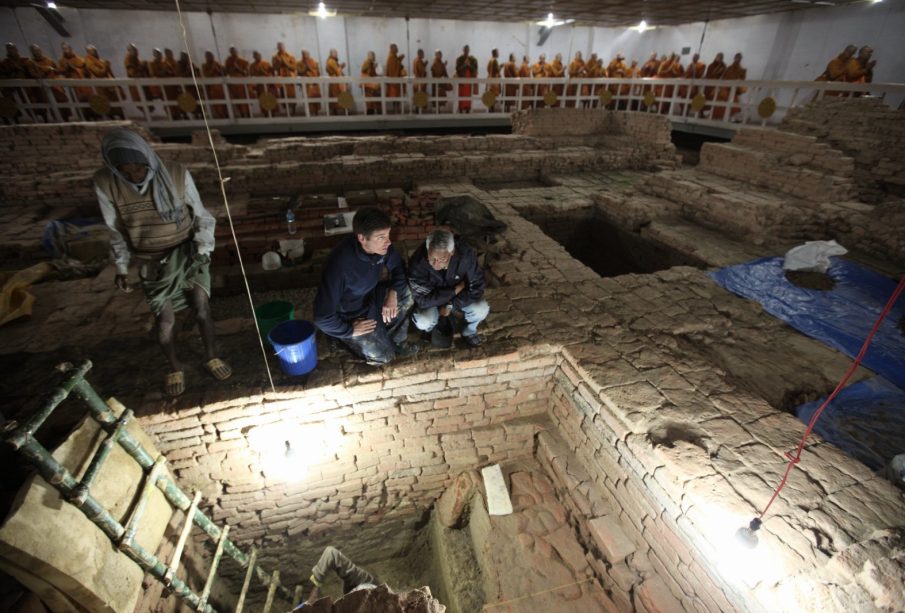The Birthplace of Buddhism: A Look into Its Historical Roots

Introduction
The birthplace of Buddhism, Lumbini in present-day Nepal, is a site of tremendous historical and cultural importance. Recognized as a UNESCO World Heritage Site, Lumbini attracts millions of visitors each year, including pilgrims, scholars, and tourists eager to understand the origins of one of the world’s major religions. The significance of Lumbini extends beyond its spiritual context, impacting cultural exchanges, tourism, and regional development.
Historical Context
Buddhism was founded in the 5th to 4th century BCE by Siddhartha Gautama, known as the Buddha. According to ancient texts, he was born in Lumbini, and it is there that the foundations of Buddhist philosophy began. The archaeological evidence indicates a thriving city at the time of Buddha’s birth. Excavations have uncovered ancient stupas, monasteries, and inscriptions that shed light on the site’s historical standing during the time.
Modern Developments
In recent years, Lumbini has seen significant investment aimed at enhancing its accessibility and conservation. The government of Nepal, in collaboration with various international organizations, has undertaken projects to preserve the area’s rich heritage, such as the construction of museums and the enhancement of visitor facilities. Additionally, festivals and events celebrating Buddhist culture, such as the Buddha Jayanti, draw large crowds, further solidifying Lumbini’s role as a cultural epicenter.
Challenges Ahead
However, Lumbini faces challenges that threaten its integrity as a sacred site. Issues such as over-commercialization, environmental concerns, and regional political instability can impact heritage preservation efforts. Local authorities, along with the global Buddhist community, must navigate these challenges effectively to ensure that Lumbini remains not only a tourist attraction but a living tribute to the values and teachings of the Buddha.
Conclusion
The birthplace of Buddhism continues to be relevant in today’s world, as it embodies philosophical teachings that promote peace and mindfulness. As pilgrims and tourists flock to Lumbini, its significance as a site of heritage, culture, and spirituality is more prominent than ever. The future of Lumbini depends on a collaborative effort to preserve its legacy while fostering educational and cultural exchanges. As interest in Buddhism grows globally, the birthplace of this profound tradition will likely remain a crucial focal point for generations to come.









